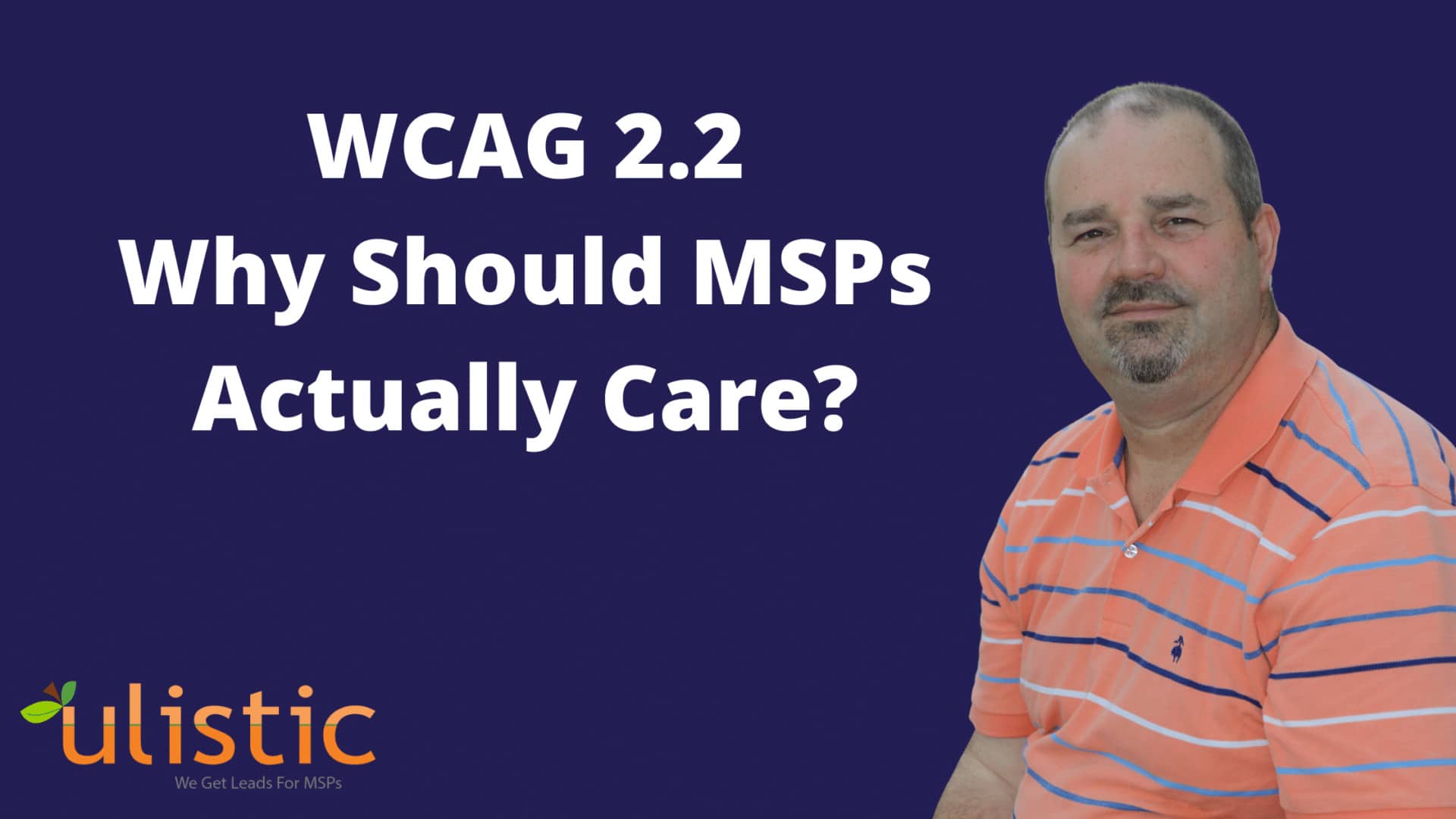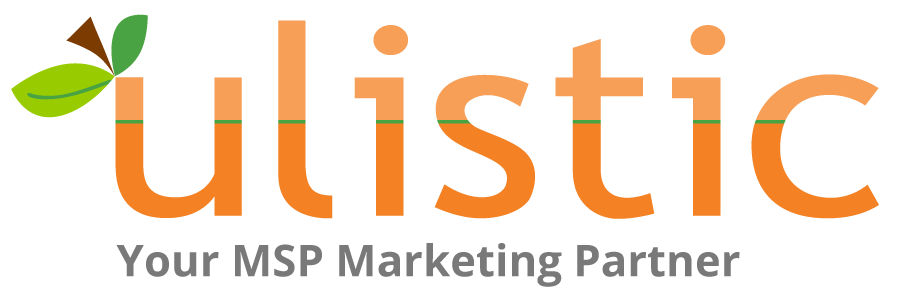WCAG 2.2: Why Should MSPs Actually Care?
The WCAG2.2 is the latest draft of measures by w3c to make web content more accessible to people with physical impairments. The latest draft was published on August 11. It comes with a raft of new success criteria that improve upon the first public draft of WCAG 2.2.
Remaining compliant with Web Content Accessibility Guidelines may be a struggle of MSPs. But, the good news is such compliance can improve your organization's services delivery. The new recommendations in the WCAG 2.2 are also compatible with legacy draft policies dating back to WCAG 2.0.
It adds a few more items that improve on previous versions of the guidelines.

What New Changes Should MSPS Expect from WCAG 2.2?
The latest draft seeks to improve on the recommendations and guidelines of WCAG 2.1. It casts a particular spotlight on the needs of 3 significant groups of people with impairments. Such groups include;
- People with learning and cognitive challenges
- Web-users with visual impairments
- User with disabilities that challenge their use of mobile devices
These guidelines are backward compatible since much of the language remains the same as that of legacy drafts of WCAG (2.0 – 2.1). However, MSPs should take a keen interest in the 9 new success criteria presented in WCAG 2.1.
What are the New Success Criteria in the Latest Draft of WCAG 2.2?
Accessible Authentication
First, It’s been upgraded from A to Level AA. One change that MSPs should make is to eliminate cognitive function tests from their current access authentication procedures. The new measures must be free of such functions for organizations to create content compliant with WCAG 2.2.
Dragging
Cap 2.5.7 of WCAG 2.2 upgrades dragging to level AA. It aims to help users with disabilities that challenge their ability to make dragging movements. Now all mouse operations that require such procedures should be possible with a single pointer unless dragging is a vital part of such a function.
Findable Help
Section 3.2.6 of the new guidelines focus on making single page web apps or several web pages more accessible and searchable to those with impairments. It also calls for relative order in the availability of all or at least one of your site’s contract mechanisms;
Fixed Reference Points
Web publications need to make their web page or sequences of web content pages more accessible through page brake web-locators. This is meant to streamline the flow of information even with advanced formatting or various web platforms.
Focus Appearance (Minimum)
Level AA of 2.4.11 seeks to make content more accessible in the following areas of keyboard focus assistance indicators.
- Focus indicators should cover a minimum area of -/+ 1 CSS pixel. It will also help if indication areas cover a minimum thickness of 8 CSS pixels.
- Changes in contrast and color for indication areas should come at a minimum ratio of 3:1.
- While the adjacent areas of contrast need to cover a minimum thickens of 2 standard CSS pixels.
- It also helps if author-generated content doesn’t obscure any items in the user’s field of view.
Focus Appearance (Enhanced)
Level AAA of 2.4.12 addresses;
- Focus indicators should have solid borders and cover a minimum area of -/+ 2 CSS pixel.
- Changes in contrast for such indicators should come at a minimum ratio of 4.5.1.
- The focus indicator shouldn’t obscure any part of your site’s content.
Hidden Controls
All functions and tools required to complete a process need to be fully visible minus the need to change any focus settings for pointers and other controls to make them more visible.
Pointer Target Spacing
Item 2.5.8 of WCAG 2.2 covers various target aspects of CSS and text elements of your website's design and functionality.
- An option should help those with visual impairments enlarge a web page by 44 CSS pixels or more.
- Inline texts should come in well-spaced blocks.
- The user agent controls the size of the target area and not the author.
- It’s also essential for the target area to convey vital information and not merely magnify the viewer/user's presentational aspects.
Redundant Entry
Level A of item 3.3.8 provides a chance for MSPs to encourage the use of automation and Ai to ease the process of entering information through subsequent online forms. Such features can be on-demand options or auto-populated information for frequent webpage users.
Ulistic: Demystifying WCAG 2.2 and Other Compliance Guidelines
At Ulistic, we understand that keeping up with compliance guidelines can be a heck of a task for most MSPs. But, policies such as WCAG 2.2 help make the internet accessible to all. MSPs can find loads of business opportunities in adapting to such guidelines early.
Such a wealth of knowledge could have a significant impact, primarily when used to help your clients keep up to the ever-changing web sphere. Stay tuned for more updates on WCAG 2.2 and other insightful tech-related articles.



